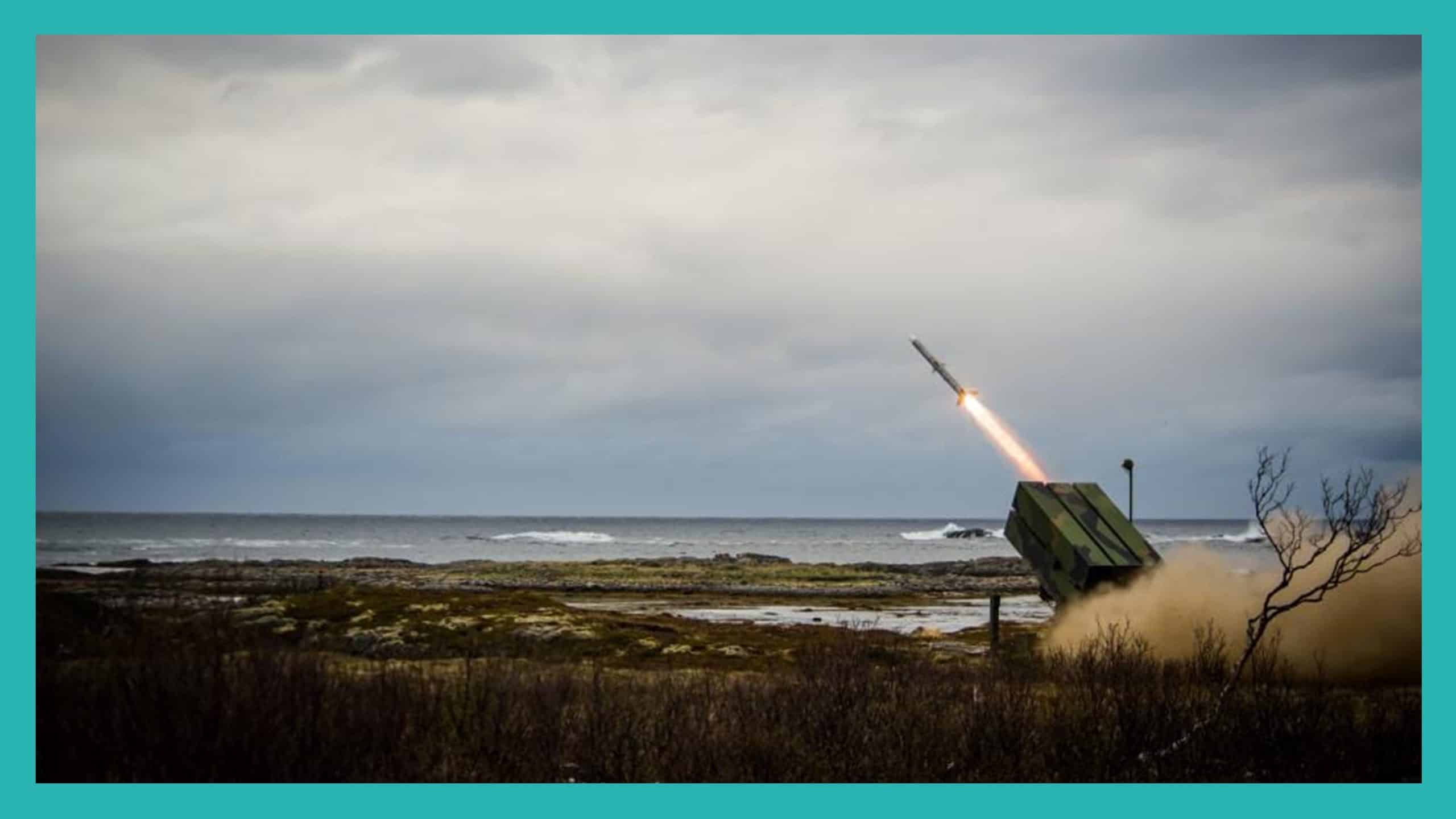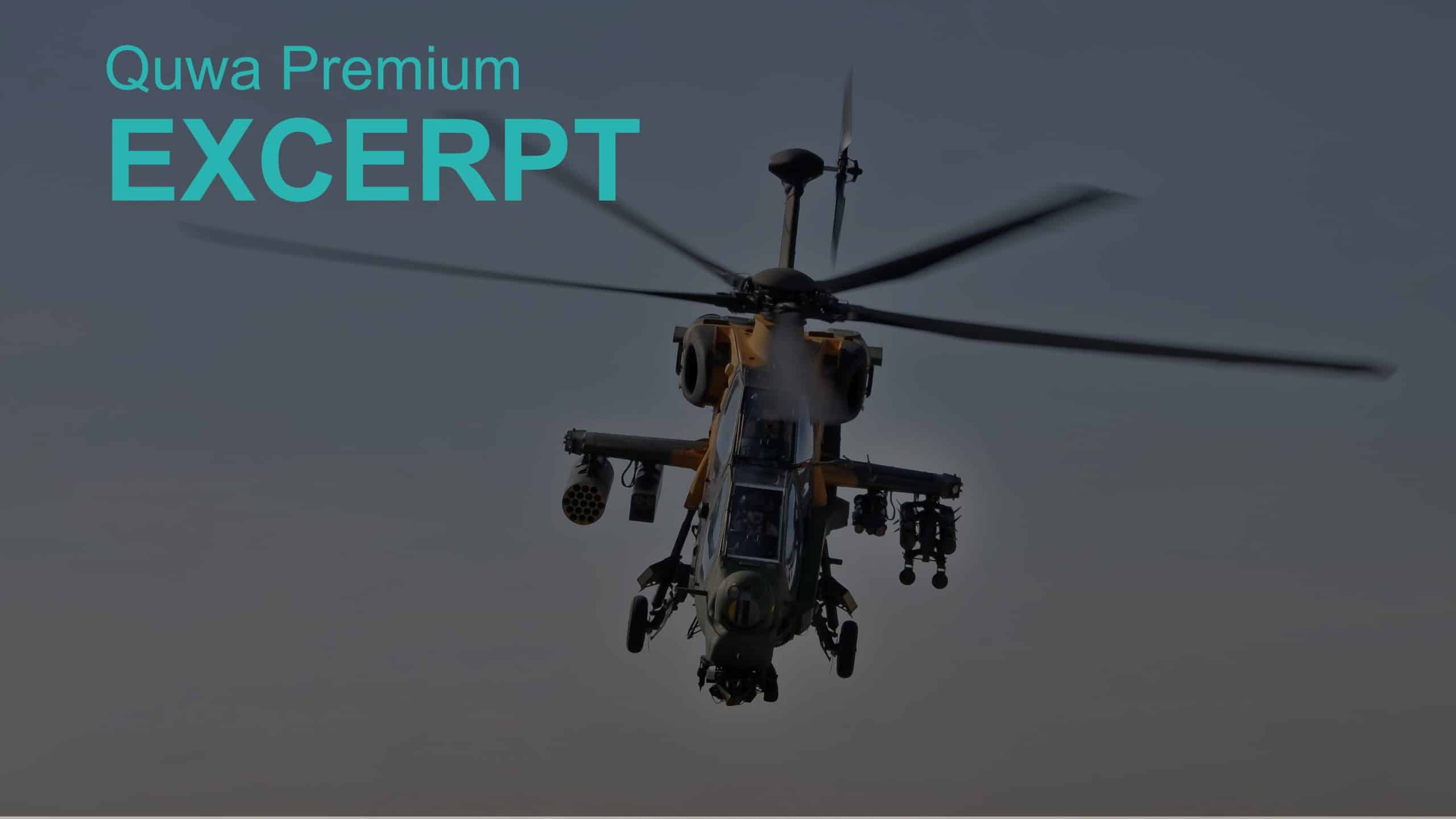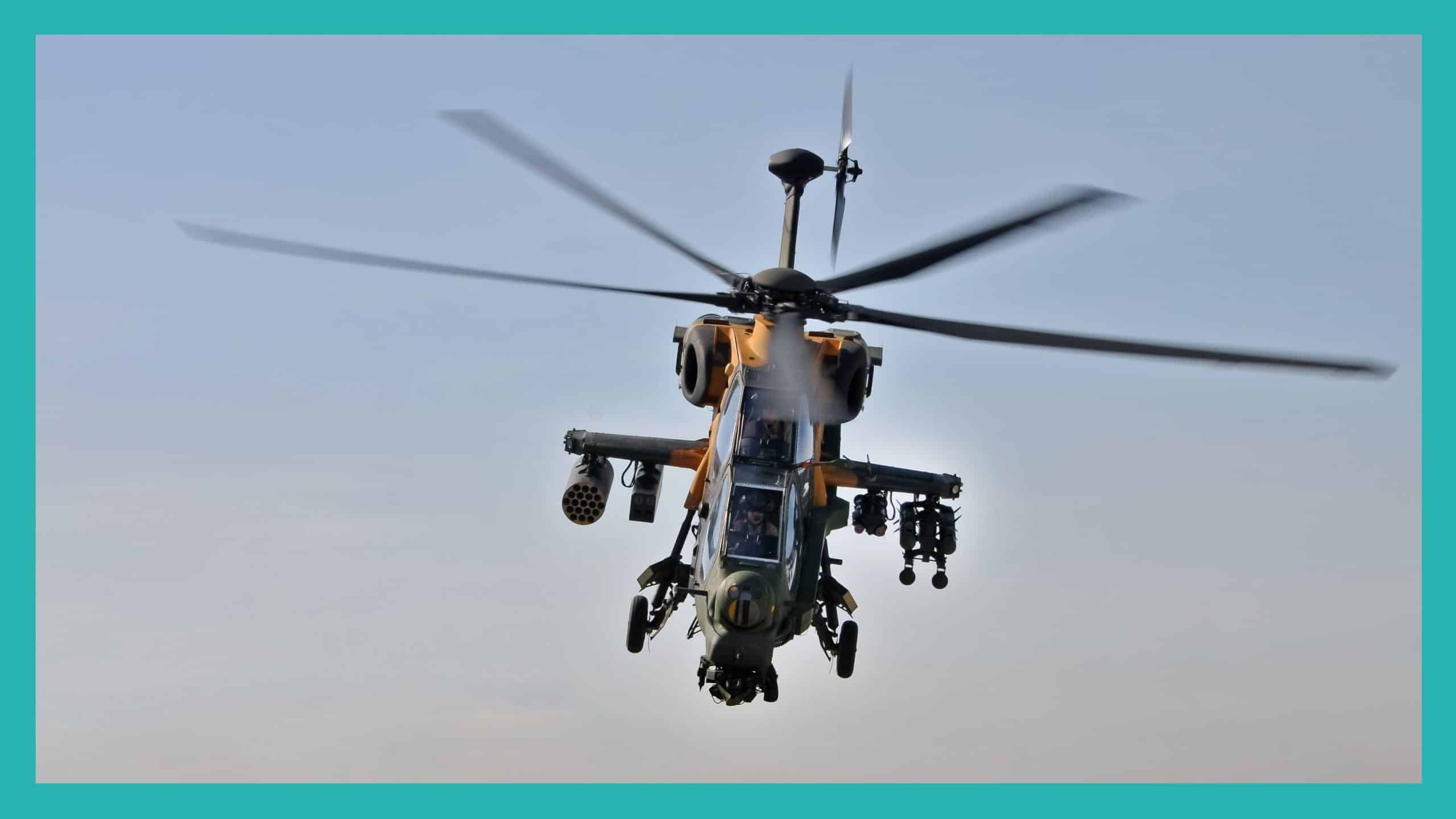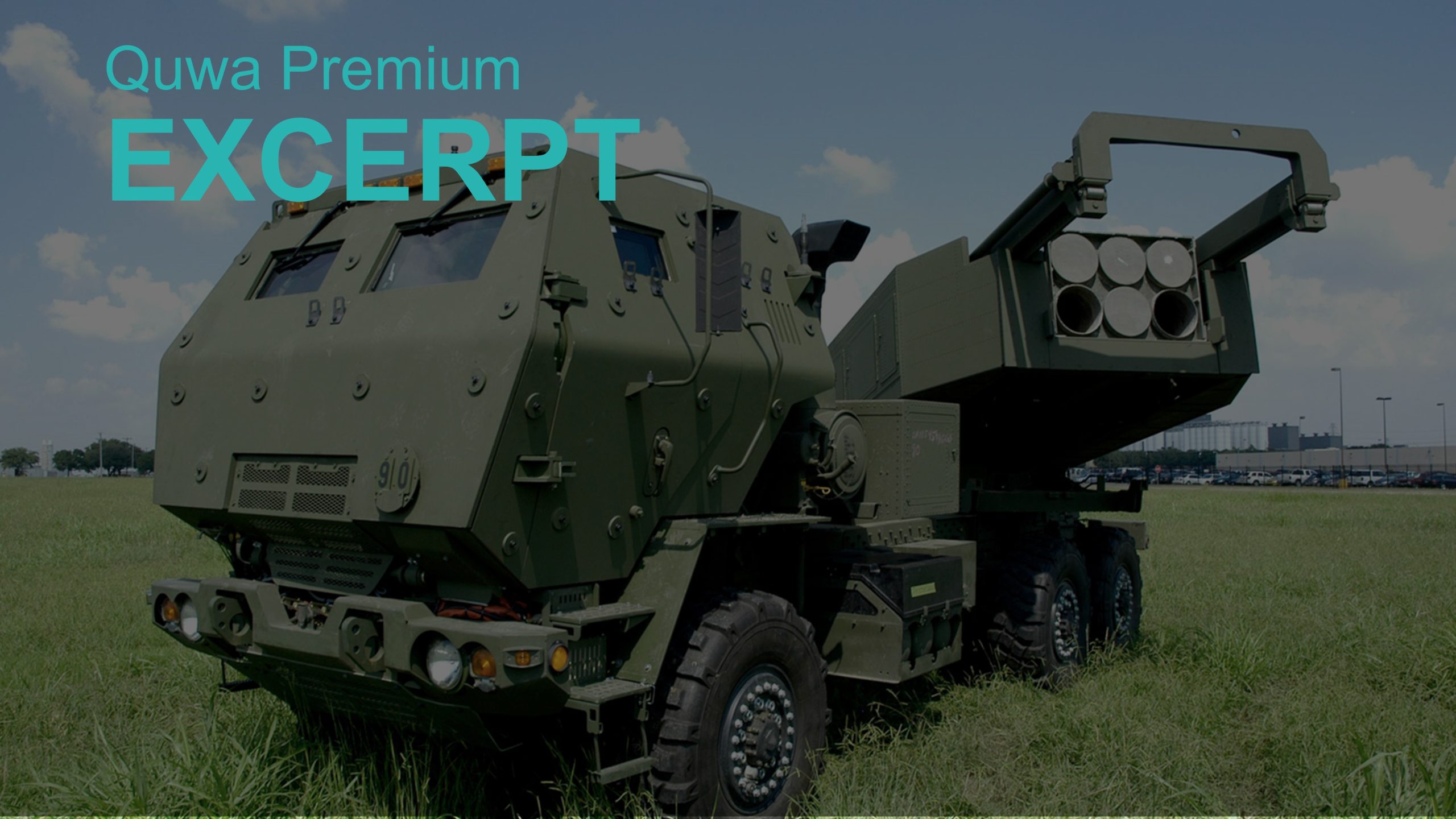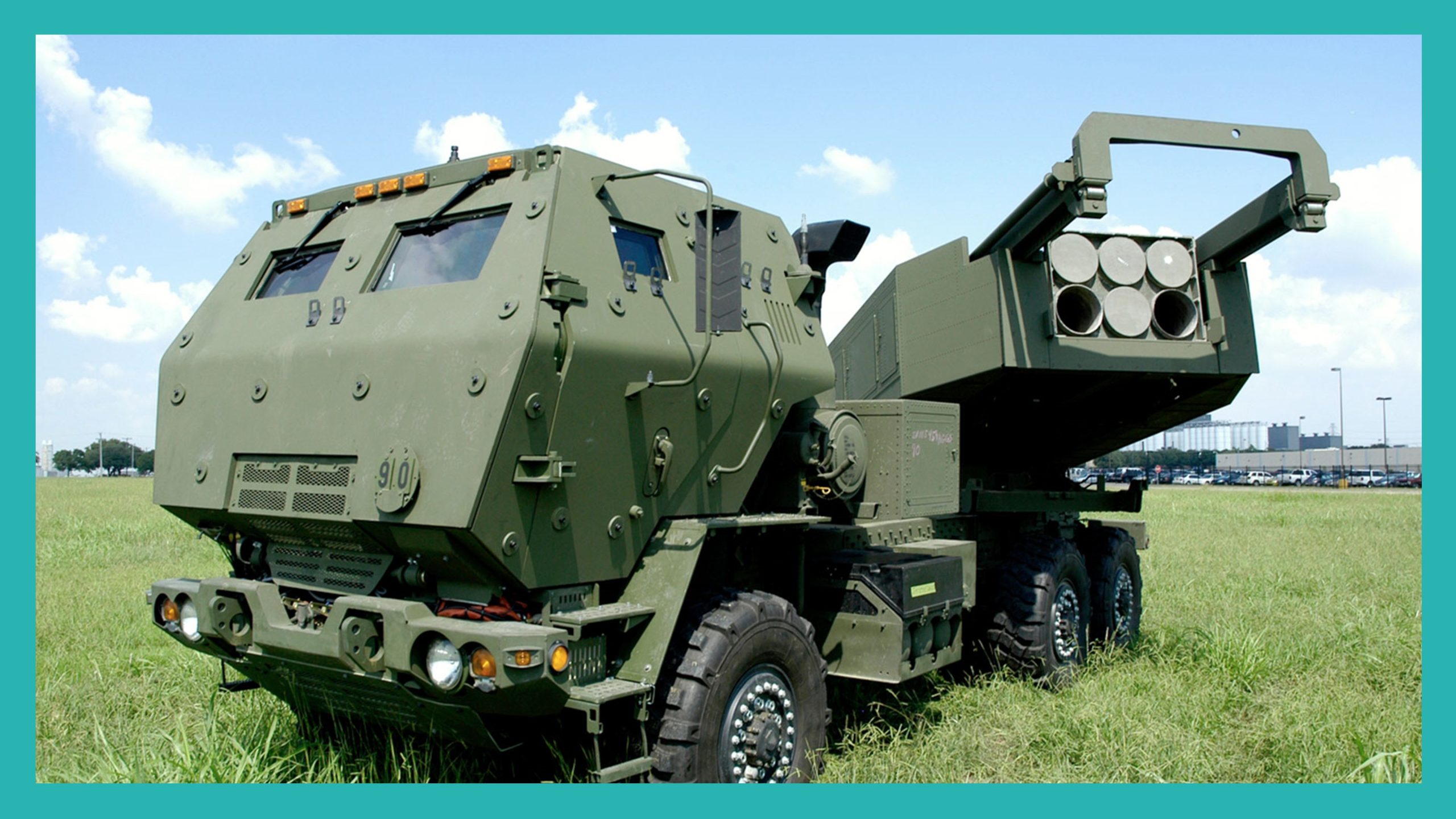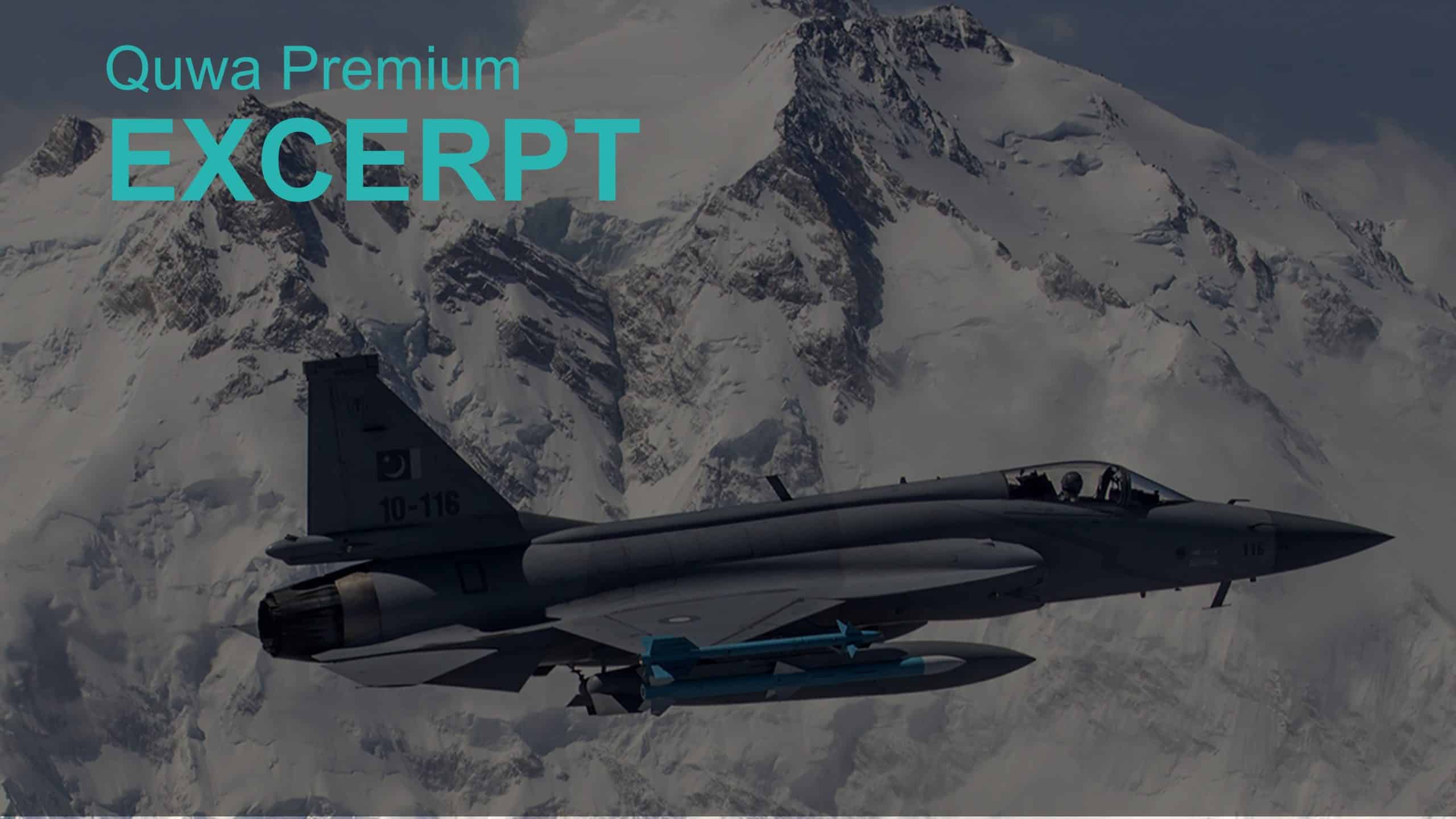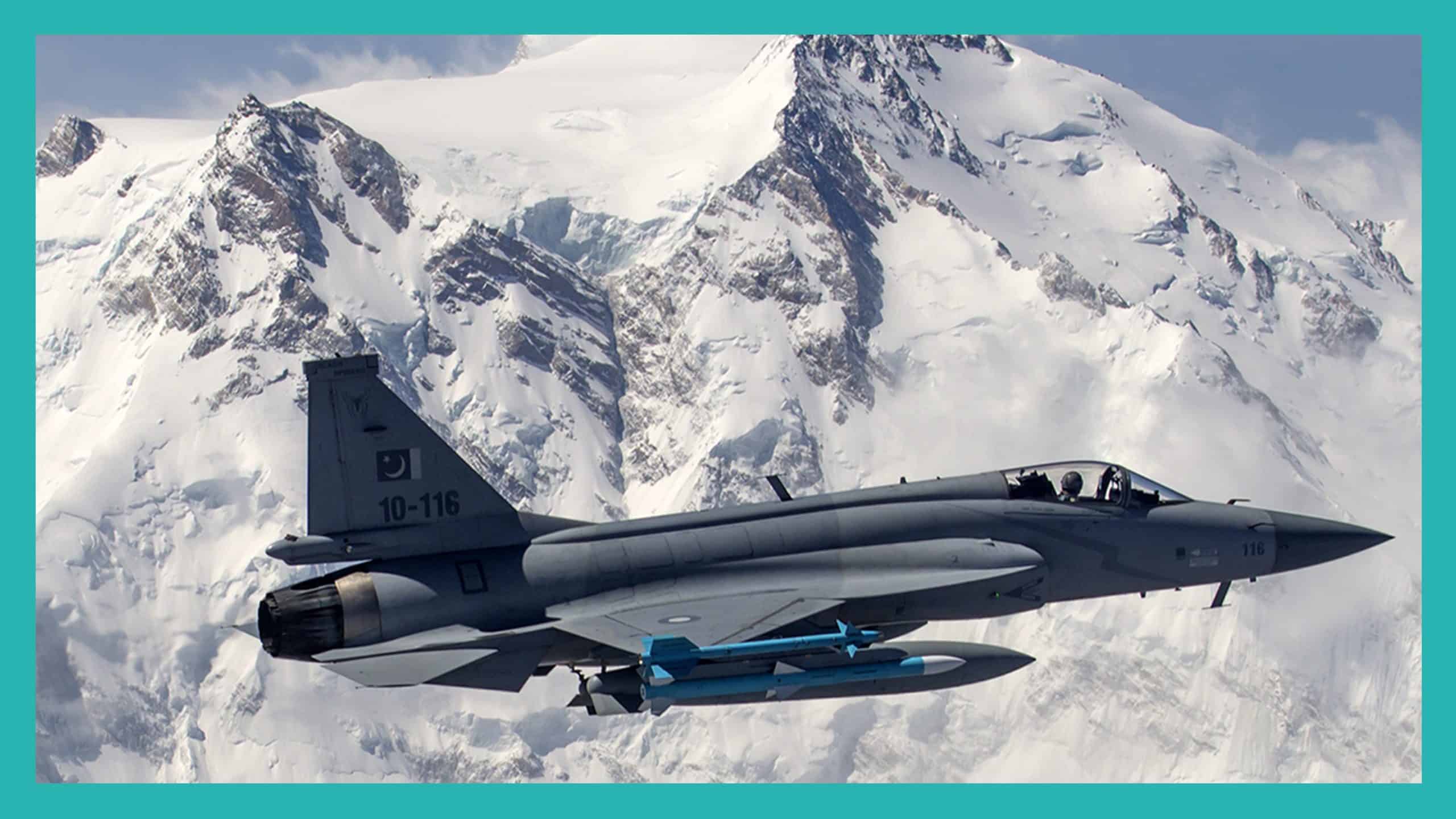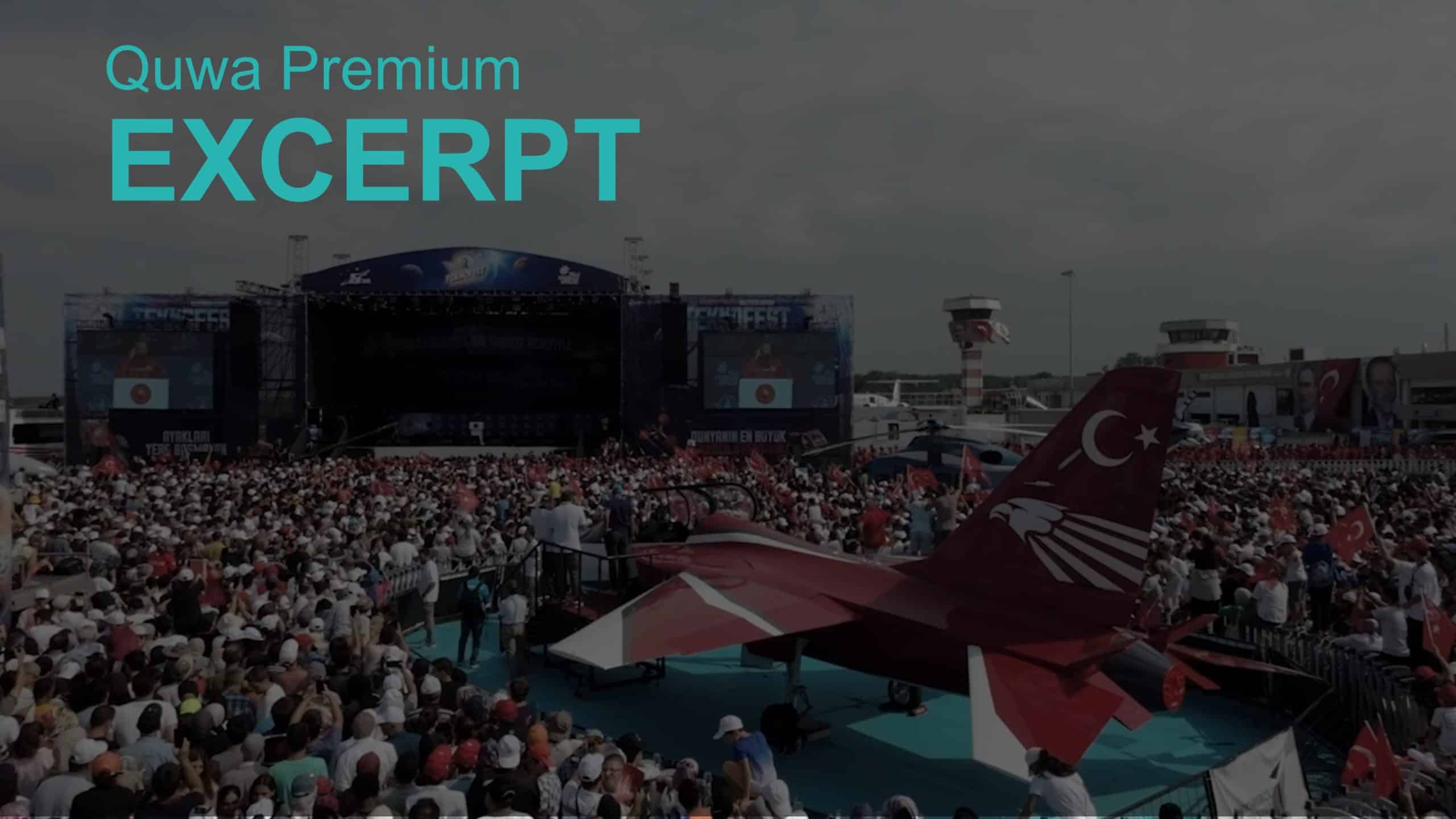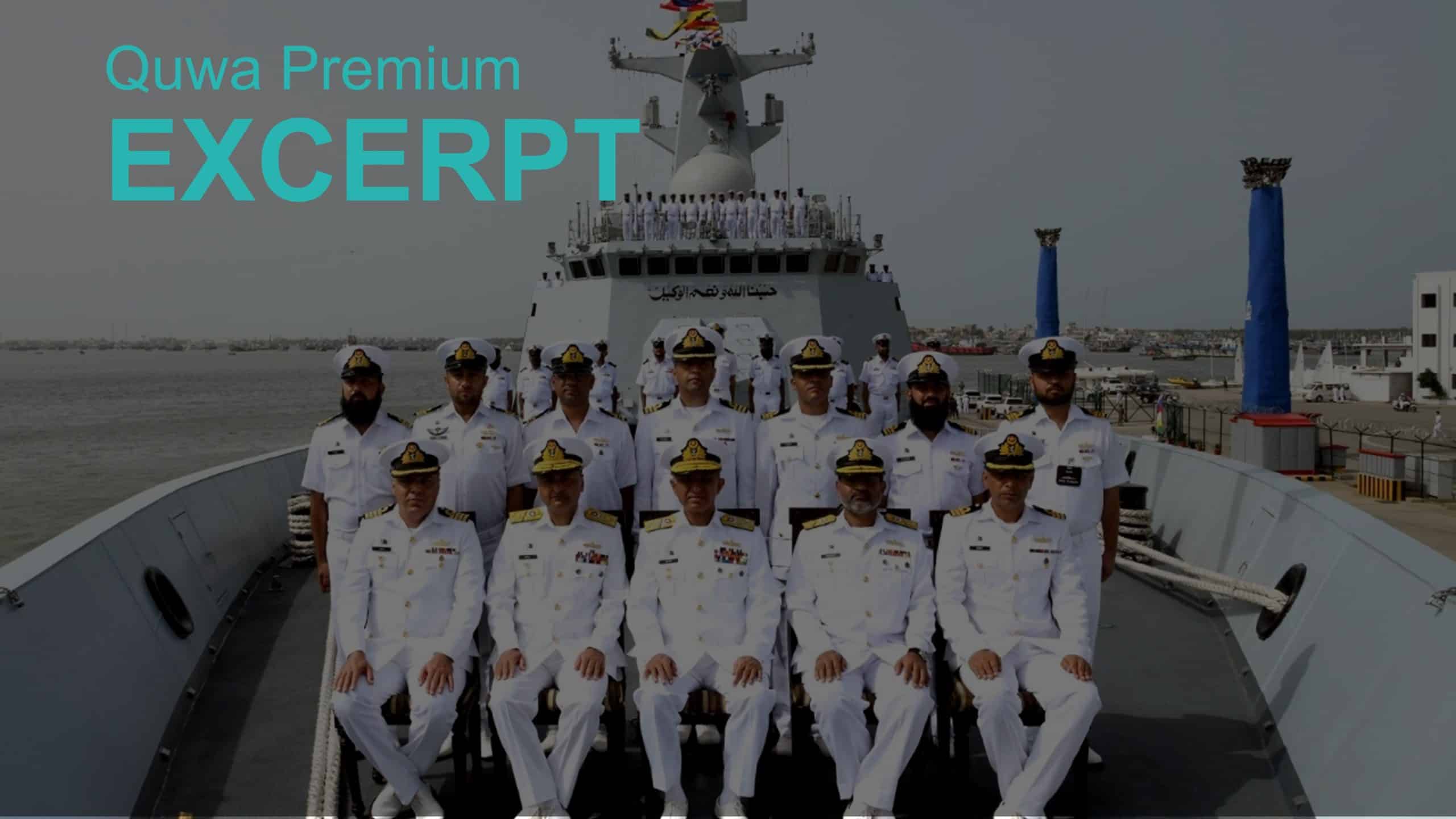Ukraine is using short and medium-range anti-air missiles to deprecate Russia’s air power and, in turn, sustain its counteroffensives.
The US approves an F-16 maintenance package for Pakistan. Turkey is looking to revive the Pakistani T129 deal. Pakistan may be buying a Turkish submarine.
The US approves an F-16 maintenance package for Pakistan. Turkey is looking to revive the Pakistani T129 deal. Pakistan may be buying a Turkish submarine.
One of the key assets Ukraine has been using in its bid to reclaim territory has been the U.S-supplied M142 High Mobility Artillery Rocket System (HIMARS).
One of the key assets Ukraine has been using in its bid to reclaim territory has been the U.S-supplied M142 High Mobility Artillery Rocket System (HIMARS).
By Arslan Khan
On 15 September 2021, the Government of Argentina allocated funding for the procurement of 12 JF-17 Thunder multi-role aircraft from China. According to Jane’s , the total procurement cost of the program was set at $664 million…
The JF-17 caters to countries that need a NATO-standard fighter tailored for NATO tactics in mind, but minus the restrictions of a NATO fighter.
Turkey wants to make a statement in the aerospace world, especially in 2023, i.e., in time of the country’s centennial or 100th anniversary since its formation.
This statement will be a three-pronged display starting with the maiden flights of the Hürjet trainer and…
Turkey wants to make a statement in the aerospace world, especially in 2023, in time for its 100th anniversary.
A look at top Pakistani defence news topics in the month of August 2022: Pakistan inducts its second Type 054A/P frigate; Turkey tests SIPER long-range SAM.

